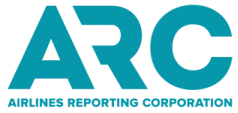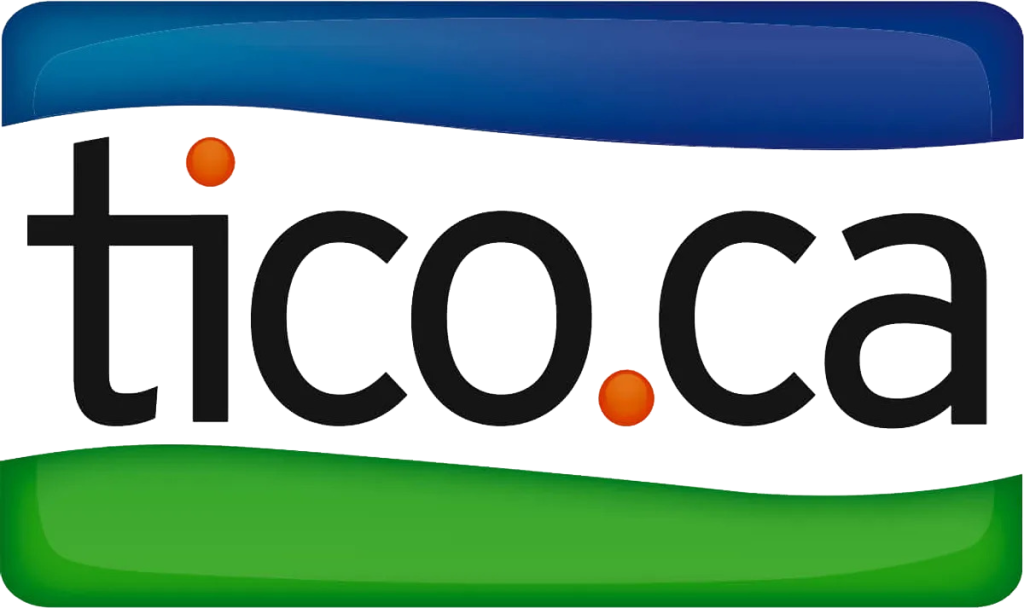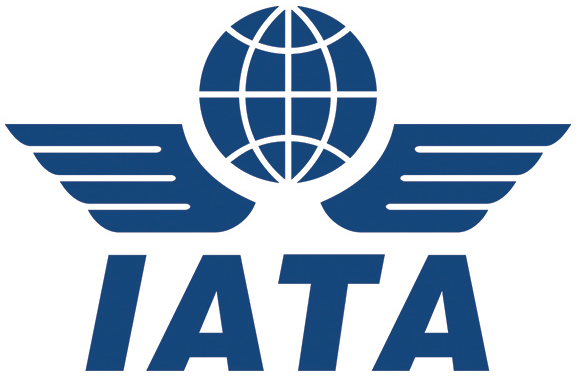All assets and liabilities are listed together without differentiation of current or non-current. Assets may be split into “Current Assets” (cash, receivables) and “Non-Current Assets” (property, equipment). Liabilities may be split into “Current Liabilities” (payables, short-term debt) and “Non-Current Liabilities” (long-term debt).
A common stock dividend distributable is shown in the shareholders’ equity area of the balance sheet, and a cash dividend distributable is shown in the liabilities section. Hence, on the classified balance sheet, dividends would be reflected as a reduction in the stockholder’s equity section, specifically in retained earnings account. For example, an investor interested in the day-to-day operations and profitability of the firm would like to calculate the current ratio.
#3 – Other Assets
For instance, they can use measurements like the current ratio to assess the company’s leverage and solvency by comparing the current assets and liabilities. This type of analysis wouldn’t be possible with a traditional balance sheet that isn’t classified into current and long-term categories. It allows them to assess the company’s liquidity, solvency, and overall financial stability.
Classifying Liabilities and Equity on a Balance Sheet
They are mainly required to fund the daily operations or the firm’s core business. An important characteristic is that they can be easily liquidated to generate cash, which helps a business meet any short-term liquidity crunches. Although they vary from industry to industry, some common examples can be cash, cash equivalents, Inventory, accounts receivable, etc. The two liabilities classifications are current liabilities and non-current liabilities.
- An unclassified balance sheet is typically used by a small business with few different accounts.
- Liabilities represent money a company owes other parties, such as accounts payable or loans.
- It helps stakeholders quickly assess liquidity, solvency and overall financial position.
- Looking at a single balance sheet by itself may make it difficult to determine whether a company is performing well.
- A Classified Balance Sheet is a financial statement where the balances of assets, liabilities, and equity are grouped into meaningful categories.
- Long-term liability is commitments that should be repaid later on, perhaps past the operating cycle or the current financial year.
For example, understanding how much profit a company makes after all expenses are paid helps investors decide if the company is successful. It also shows if there’s extra money available, which could be used to grow the business or pay back loans. Classifying assets and liabilities makes it easier for investors and creditors to understand a company’s financial situation. Investors are people or companies that give money to help the business grow, hoping they will get more back in the future. Creditors are people or companies that lend money to the company, expecting to be paid back with interest. Non-current liabilities, or long-term liabilities, are obligations not due within one year or one operating cycle.
- Despite the fact that balance sheets are made by accountants, they are also used by ordinary investors who probably won’t have an accounting foundation.
- Current liabilities are those due within a year, such as accounts payable and wages payable.
- These categories show how a business manages both immediate and future financial obligations.
Taking a look at the balance sheet of RMS Pvt Ltd you will notice that the assets have been categorized into three different groups what is a classified balance sheet as Total Fixed Assets, Total Current Assets, and Total Other Assets. Have you ever wondered how different it is to borrow money from your friends or family as against a bank? Before a bank credits your money, they need to know what is your company’s worth, what you own, and what you owe. Understanding the method of preparation of this kind of balance sheet is important.
It allows for a more accurate assessment of the availability and utilization of a company’s resources, aiding in financial analysis and decision-making. It’s worth noting that the specific categories and subcategories within each component may vary depending on the accounting standards and reporting requirements of the jurisdiction in which the company operates. Nevertheless, the overall purpose of a classified balance sheet remains the same – to provide a structured presentation of a company’s financial position. Classifying assets and liabilities as current or non-current helps assess the company’s short-term and long-term financial health.
Balance sheet liabilities, like assets, have been arranged into Current Liabilities and Long-Term Liabilities. When your balances have been added to the right categories, you’ll add the subtotals to show up at your total liabilities, which are $59300. The characterizations utilized will change according to the kind of business you own, and there is no single method for designing a format of a classified balance sheet appropriately. If a company has $1 million in assets, and $400,000 in liabilities, the remaining $600,000 is equity. These categories show how a business manages both immediate and future financial obligations. As shown above, in the Classified Balance Sheet example, there are proper classifications that help the reader identify the assets or liabilities and their type.
Current assets, such as cash, accounts receivable, and inventory, are resources expected to be used or converted into cash within a year. Non-current assets, including property, plant, and equipment (PP&E), and long-term investments, are anticipated to provide economic benefit beyond a single operating cycle or one year. The Classified Balance Sheet is an essential financial tool that enhances the clarity of financial reporting by grouping assets, liabilities, and equity into meaningful categories. It provides detailed insights into a company’s financial health, helping stakeholders make informed decisions regarding liquidity, solvency, and long-term financial strategy.



